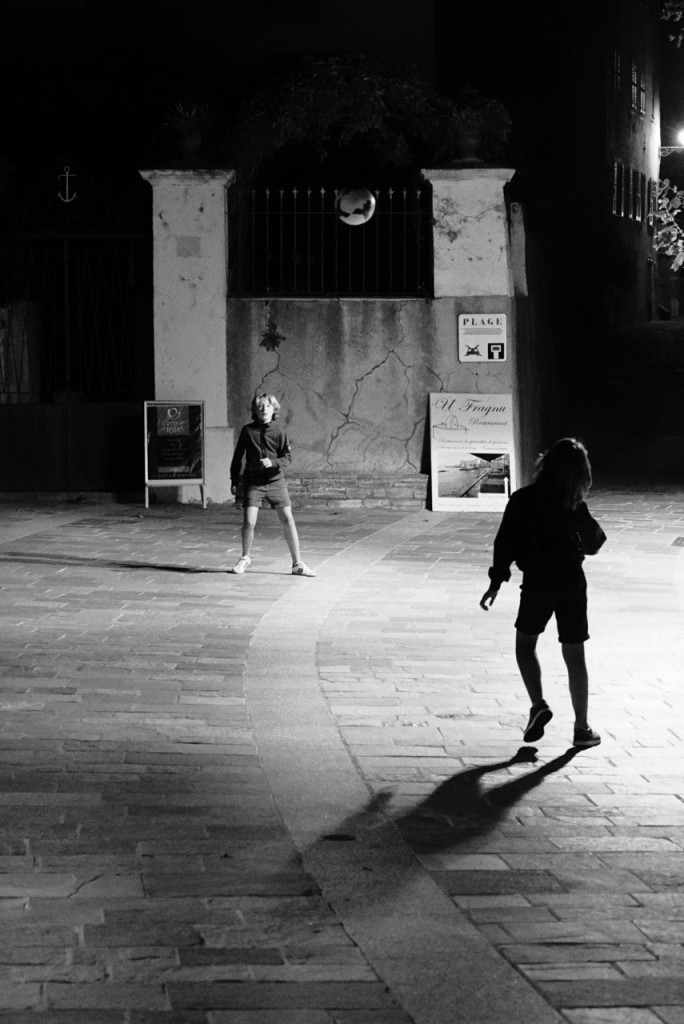Chuck Wolfe champions the role of France's attachment to place as a laboratory for decoding the essential elements of urbanism.
 In the first in an illustrated series, Wolfe explores the recent premise of the New York Times' Roger Cohen: In France, perception of classic physical space is evolving as the role of cyberspace expands.
In the first in an illustrated series, Wolfe explores the recent premise of the New York Times' Roger Cohen: In France, perception of classic physical space is evolving as the role of cyberspace expands.
Cohen wrote in early July about place-based aspects of the French struggle with modernity, noting:
[N]owhere else is the particularity of place and the singularity of a person's attachment to it more important.
Writing from France periodically through November, Wolfe follows Cohen's comment with a call for special attention to "place-decoding", using French cities and towns as a laboratory. Wolfe notes:
There is nowhere better, in my opinion, to see the old world basis for the role of urban places, and how they define who we are in the urban context... [I]n the narrow streets and pass-through places of old world urban cores, latent answers to urban riddles await our quizzical view. These answers are worthy of histories, sensational fiction and last, but not least, the inquiry of urbanists.
Consider a Dan Brown approach to the study of cities he suggests, "something we could easily call 'place-decoding'."
Place-decoding, Wolfe argues, is the necessary prerequisite to placemaking going forward. He presents five photographs, accompanied by five topical questions, and concludes:
[T]hese are the riddles of the old world worth illustrating and asking again, in places where their inspiration remains on eternal display -- begging for rediscovery, decoding and translation to modern life.
FULL STORY: How to Place-Decode the Elements of Urbanism

Planetizen Federal Action Tracker
A weekly monitor of how Trump’s orders and actions are impacting planners and planning in America.

Congressman Proposes Bill to Rename DC Metro “Trump Train”
The Make Autorail Great Again Act would withhold federal funding to the system until the Washington Metropolitan Area Transit Authority (WMATA), rebrands as the Washington Metropolitan Authority for Greater Access (WMAGA).

The Simple Legislative Tool Transforming Vacant Downtowns
In California, Michigan and Georgia, an easy win is bringing dollars — and delight — back to city centers.

The States Losing Rural Delivery Rooms at an Alarming Pace
In some states, as few as 9% of rural hospitals still deliver babies. As a result, rising pre-term births, no adequate pre-term care and harrowing close calls are a growing reality.

The Small South Asian Republic Going all in on EVs
Thanks to one simple policy change less than five years ago, 65% of new cars in this Himalayan country are now electric.

DC Backpedals on Bike Lane Protection, Swaps Barriers for Paint
Citing aesthetic concerns, the city is removing the concrete barriers and flexposts that once separated Arizona Avenue cyclists from motor vehicles.
Urban Design for Planners 1: Software Tools
This six-course series explores essential urban design concepts using open source software and equips planners with the tools they need to participate fully in the urban design process.
Planning for Universal Design
Learn the tools for implementing Universal Design in planning regulations.
Smith Gee Studio
City of Charlotte
City of Camden Redevelopment Agency
City of Astoria
Transportation Research & Education Center (TREC) at Portland State University
US High Speed Rail Association
City of Camden Redevelopment Agency
Municipality of Princeton (NJ)


























